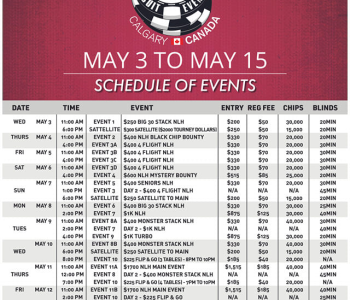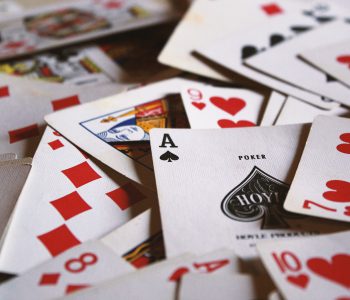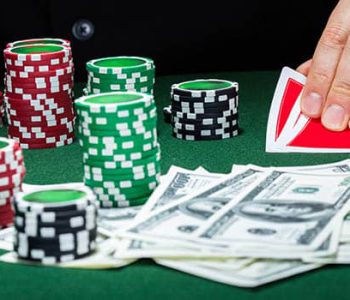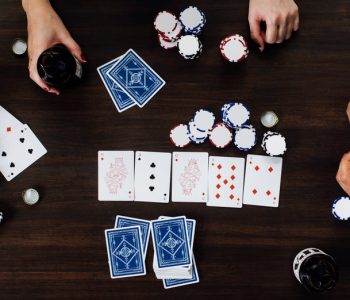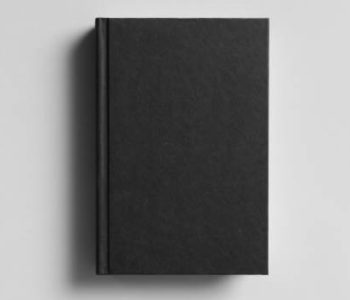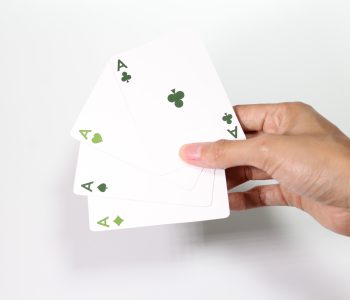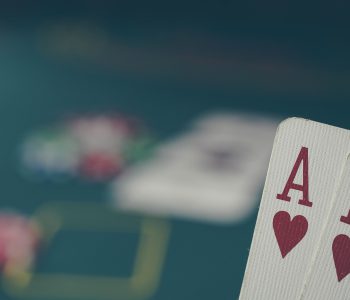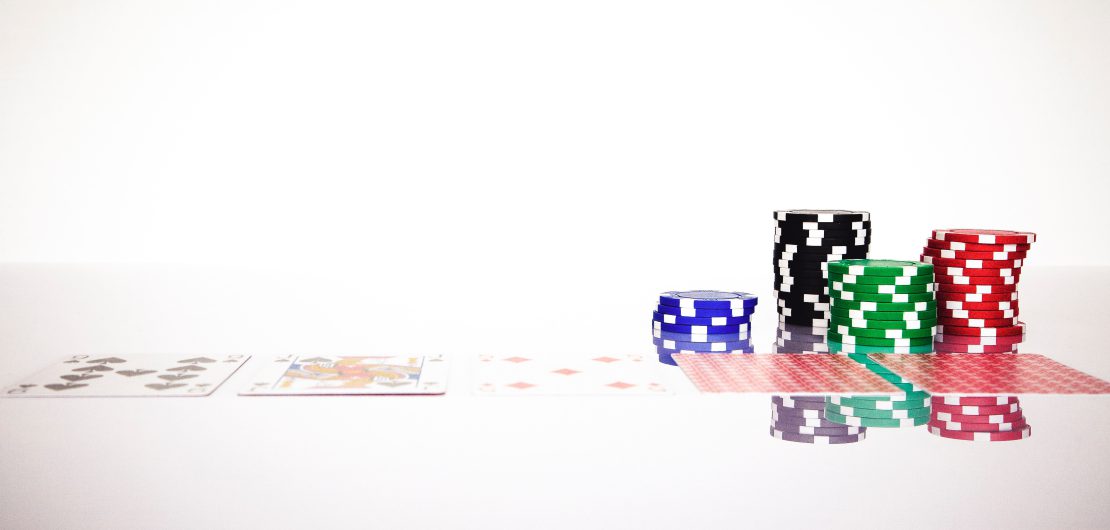
Courchevel. Rules of the Game.
The game Courchevel, which is related to Omaha, is quite intriguing. Each participant in Courchevel gets five cards (referred to as “pocket cards”) that are exclusive to that person. In addition, five open community cards are dealt, forming the “board.” To create the finest five-card poker hand possible, each player must employ precisely two of their five pocket cards and exactly three communal cards.
In contrast to 5-card Omaha, Courchevel deals the flop’s first card face up before the pre-flop bidding round even starts.
Varieties of Courchevel
The following versions exist for Courchevel:
Every game and every round of bidding at Courchevel has a predetermined betting cap.
Bets in Courchevel with Pot Limit are only as much as the available chips.
Unlimited A player may wager any amount up to his whole stack in Courchevel.
Rules
The “button” or “dealer’s button” in Courchevel designates the notional dealer in each hand. Before the hand begins, the player following the button clockwise places the small blind, which is the first required wager. Depending on the stakes and blind structure of each game, the next player must then place the large blind, which is often twice as much as the small blind.
The small blind is typically half the amount of the big blind in Fixed Limit games, although it may be more depending on the betting structure. The big blind is also equal to the small blind in these games. The small blind is $1 and the large blind is $2, for instance, in a $2/$4 game. The small blind in a $15/$30 game is $10, while the large blind is $15.
The blinds are specified in the game name for pot-limit and no-limit games (for example, at a $1/$2 table, the small blind is $1 and the large blind is $2). Five closed cards are now handed to each player, and the first flop card is dealt face up. Starting with the person who is “under the gun,” the participants make their movements in a clockwise direction. The person seating counterclockwise from the large blind is in this position.
a pre-flop.
Each player has the option to go on playing by calling or raising the big blind after receiving their face-down cards and the first card of the flop has been delivered. The initial move is made by the person on the large blind’s left. He is free to raise, call, or fold. If the large blind is $2, for instance, a call results in a raise of $2 and a raise of at least $4. After this action, it is given to the next player clockwise.
Remember that the bidding mechanism might vary across poker variations. On this page, you may read more about fixed-limit, no-limit, and pot-limit bidding in Courchevel.
Each round of bidding continues until the pot contains equal stakes from every player who is still in the game and has not folded.
Flop
The last two “flop” cards are dealt face up after the initial round of bidding is over. The first three cards on the flip are the same for all players who are still in play. Moving clockwise around the board, the first player to move does so first. There is a further round of bidding. All wagers and raises in Courchevel Fixed Limit are multiples of a minor wager, like as $2 in a $2/$4 game.
Turn
The turn is dealt face up on the flop after the conclusion of the bidding. The fourth frequent card in Courchevel is the turn. The first active player to go clockwise around the Button takes the initial turn. There is a further round of bidding. All bets and raises in Courchevel Fixed Limit are multiples of the high stake (for instance, $4 in a $2/$4 game).
River
The “river” is dealt after the face-up bidding on the turn. In Courchevel, the river is the sixth regular card. The first person clockwise from the batten to leave is the first active player. There is one more round of bidding.
Showdown
The first player who was the last to bet or raise opens the cards if there are still numerous active players in the deal following the conclusion of the previous betting round. The active player who is seated clockwise from the Button opens the cards first if there were no bets in the previous round. The pot is won by the player who has the best five-card combination. Only two of your pocket cards and precisely three of your community cards must be used in Courchevel high-low. The money is split evenly amongst players who have identical combinations.
The next hand starts once the pot is passed to the winner of the previous hand. The button is passed on to the next player in a clockwise direction.
Fixed-limit, pot-limit, and no-limit Courchevel
With a few exceptions, the regulations for the fixed limit, no-limit, and pot-limit games at Courchevel are essentially the same:
Fixed-limit in Courchevel. At Courchevel, wager sizes are organized and established with a defined limit. All bets and raises are made in large blind increments on the pre-flop and flip. All bets and raises are multiplied by two on the turn and river. Up to four bets are permitted in a round of play at Courchevel Fixed Limit. This implies that players may (1) Bet, (2) Raise, (3) Re-Raise, and (4) Cap (final Raise).
Limit of Courchevel. In Courchevel Pot Limit, the large blind is the minimum stake, but players may wager any amount up to the pot size.
Lowest Raise. Any prior Bid or Raise placed during the same betting round must be less than the Raise. If the first player wagers $5, for instance, the second player may Raise by at least $5, making the total wager $10.
Maximal Increase. The pot size, which is calculated as the total of the active pot, the bets placed, and the amount that the active player must call before raising, determines the maximum raise.
Example. The player may not wager more than $100 if the pot is $100 and there have been no wagers in the most recent round of bidding. The round then shifts clockwise to the next player once a wager is placed. The player has three options: fold, call (which increases the pot by $100), or raise from the minimum (another $100) to the maximum. The player must first raise $100, bringing the pot size to $300, and then call another $100, bringing the total wager to $400.
The number of raises is unrestricted in Courchevel Pot Limit.
No Limit Courchevel. In no-limit Courchevel, the large blind is the minimum stake, but players may wager any amount, even all of their chips.
Lowest Raise. The preceding Bid or Raise placed in the same Betting Round must be equal to or larger than the Raise in No Limit Courchevel. If the first player wagers $5, for instance, the second player may Raise by at least $5, making the total wager $10.
Maximal Increase. The total number of chips a player has on the table, or their full stack.
The number of raises is unrestricted in Courchevel Pot Limit.
